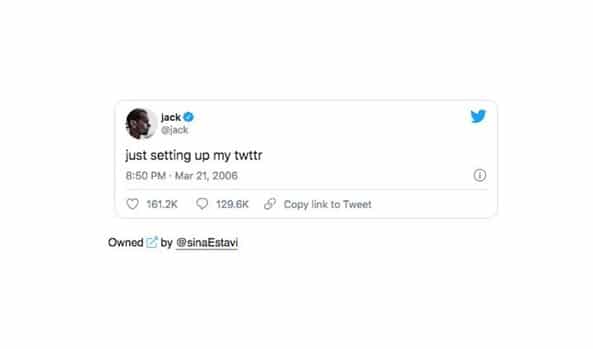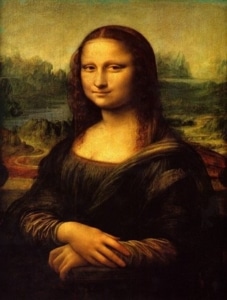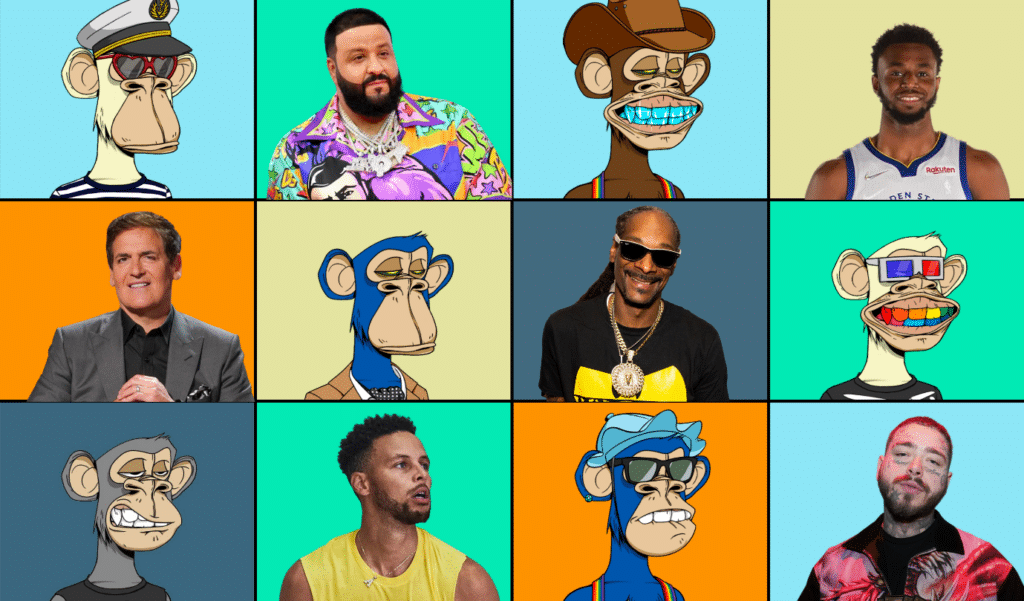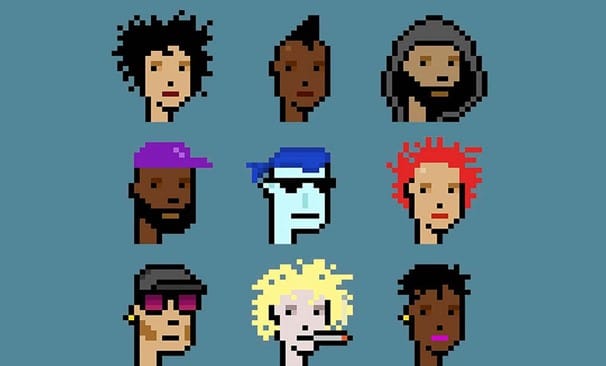- Accounts
- About
- Trading
- Platforms
- Tools
- News & education
- News & education
- News & analysis
- Education hub
- Economic calendar
News & Analysis
What is an NFT?
28 January 2022A Non-Fungible Token (NFT) is a non-interchangeable unit of data stored on a blockchain, a form of digital ledger.[1] Types of NFT data units may be associated with digital files such as photos, videos, and audio. Because each token is uniquely identifiable, NFTs differ from blockchain cryptocurrencies, such as Bitcoin.
NFT ledgers claim to provide a public certificate of authenticity or proof of ownership, but the legal rights conveyed by an NFT can be uncertain. NFTs do not restrict the sharing or copying of the underlying digital files and do not prevent the creation of NFTs with identical associated files.
NFTs have been used as a speculative asset, and they have drawn criticism for the energy cost and carbon footprint associated with validating blockchain transactions, as well as their frequent use in art scams.
The simplest form of understanding NFTs: they are a digital asset, which exist on a digital format (Blockchain) and comes with the right to use (ownership).
Fungible refers to items or commodities that can be exchanged with other assets or commodities of the same type. Currency is a fungible asset, because it can be exchanged for other currencies, goods, or pay for services. Example: $1000 is still $1000 no matter how it was printed whether in $50 or $20 notes or 1 Bitcoin is 1 Bitcoin no matter how many wallets it has been in or how it was mined.
A Non-fungible means that its unique and cannot be replaced with something else. Example: Diamonds or Land are non-fungible because each unit has unique qualities that add or subtract its value. As each diamond is cut differently, has different colours, sizes and grades, they are not interchangeable.
NFTs are not only pictures, Jpegs or Gifs, because of the technology behind it, NFTs can represent an artwork, a meme, a song, clothing, video sport highlights and even Tweets as proven by “Jack Dorsey” who sold his first ever tweet for more than $2.9 million!

Debunking theories:
A common question you get is “Can I download it for free or right click and save on to my hard drive, then sell it?”
A great analogy to use in debunking these theories on NFTs, is to look at the Mona Lisa painting by Leonardo Da Vinci. It is one of the most valuable paintings in the world. It holds the Guinness World Record for the highest known painting insurance valuation in history at US$100 million in 1962 (equivalent to $870 million 2021)

The reason the painting is that expensive, is its uniqueness, the fact that there’s only one and the story behind it. Which means it’s a non-fungible as it can’t be replaced. Now, the debunking, if you took a perfect photo of the Mona Lisa and bought the exact framing it’s housed in, would you be able to sell it for the same price it fetched in 1962? No, albeit there could be a nominal figure being paid for copies, it is still not the real thing.
To further this analogy, you could walk past a mansion with a Lamborghini outside, take a photo of yourself in front of it and you can easily pass it off as yours on social media. But you wouldn’t be able to live in the mansion or drive the Lamborghini or sell it and keep the proceeds. This is where the NFT value comes in, in the ability to sell it off and potentially make a profit or some sort of monetary value.
Most expensive and popular NFTs:
Below are some of the most popular NFTS in the market– Some Apes and their owners who include Billionaire Mark Cuban, musicians Snoop Dogg and Post Malone, and Basketball players such as Stephen Curry.

Cryptopunks

The top 5 most expensive NFTs purchases in 2021.
Minting an NFT – What Does it Mean?
The verb “mint” primarily refers to stamping metal coins issued by the government. However, the crypto community uses the same term in relation to NFTs. As such, “to mint” or “minting” an NFT refers to the process of executing the transaction mentioned earlier. By doing so, we assign a particular digital file and other parameters we determine to an NFT. All this data gets written in a particular block of the blockchain ledger and thus becomes metadata.
Source: Twitter Tmi.eth @coinwahala, Wikipedia, Guinness World Record, Hindustan Times, Moralis.io
Disclaimer: Articles are from GO Markets analysts and contributors and are based on their independent analysis or personal experiences. Views, opinions or trading styles expressed are their own, and should not be taken as either representative of or shared by GO Markets. Advice, if any, is of a ‘general’ nature and not based on your personal objectives, financial situation or needs. Consider how appropriate the advice, if any, is to your objectives, financial situation and needs, before acting on the advice. If the advice relates to acquiring a particular financial product, you should obtain and consider the Product Disclosure Statement (PDS) and Financial Services Guide (FSG) for that product before making any decisions.
Next Article
Apple reaches a new record and beats expectations
Apple Inc. (AAPL) reported its fiscal 2022 first quarter ended December 25, 2021 after the market close on Wall Street on Thursday. The company beat both revenue and earnings per share estimates, sending the stock higher in the after-hours trading. Apple reported total revenue of $123.945 billion (an all-time revenue record and up 11% year-ov...
January 28, 2022
Read More >
Previous Article
Firebrick Pharma debuts on ASX
An Australian pharmaceutical firm that's developing a world first virus-killing nasal spray has made its debut on the ASX. It was founded in 201...
January 28, 2022
Read More >

